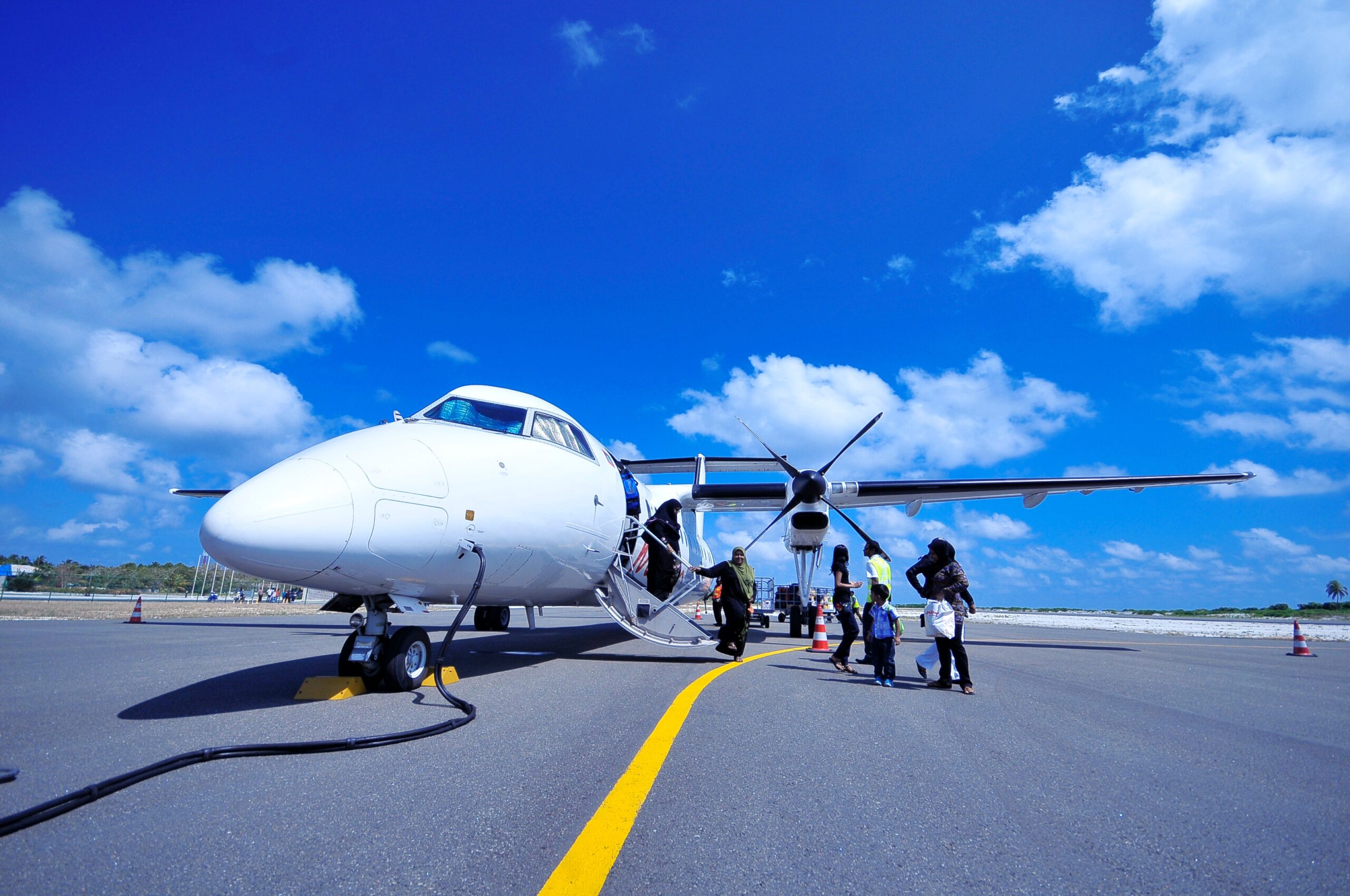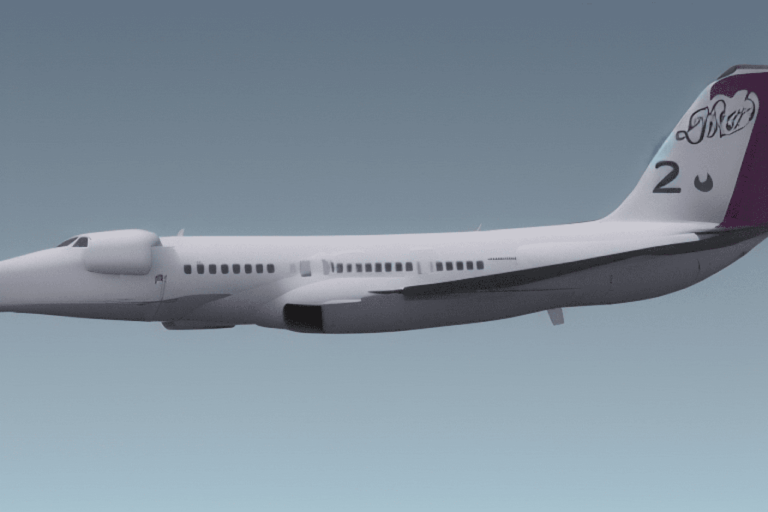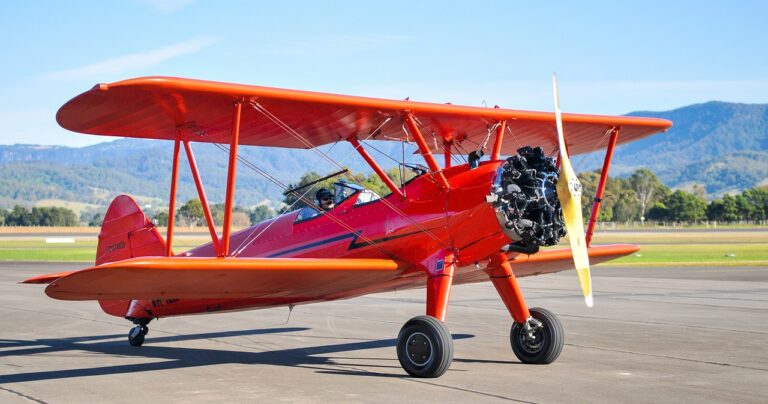Do Private Jets Need 2 Pilots
In the world of aviation, the idea of soaring through the skies on a private jet is undeniably enticing. With its luxurious cabins and unrivaled comfort, private jet travel has become synonymous with opulence and convenience. However, have you ever wondered why some private jets are equipped with not one, but two pilots? Is it a necessity or merely an extravagant indulgence? Let’s take a no-nonsense journey into the aviation realm to understand whether private jets truly require the presence of two skilled pilots in the cockpit.
Table of Contents
- The Pros and Cons of Having Two Pilots on Private Jets
- Understanding the Safety Factors of Private Jets with Single Pilot Operations
- Exploring the Role of Technology in Enhancing Single Pilot Operations on Private Jets
- Examining the Importance of Pilot Training and Experience for Single Pilot Flights
- The Future of Single Pilot Operations: Challenges and Potential Solutions
- Recommendations for Ensuring Safety and Efficiency in Single Pilot Operations on Private Jets
- FAQs
- Wrapping Up
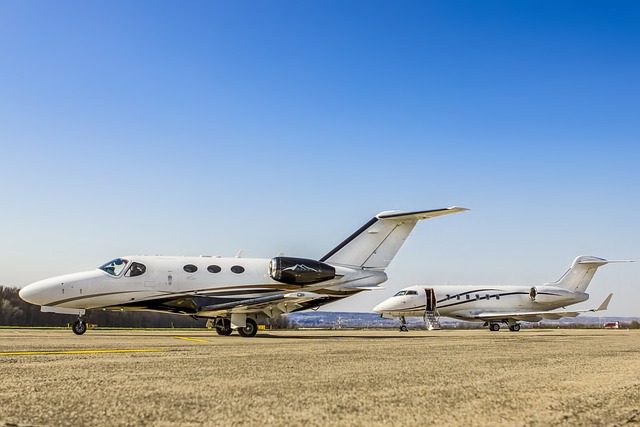
The Pros and Cons of Having Two Pilots on Private Jets
Having two pilots on board private jets can bring several advantages, but it also comes with some disadvantages. Let’s explore both sides of the coin:
Pros:
- Enhanced Safety: With two pilots, there’s an added layer of safety. They can share responsibilities, monitor each other’s performance, and quickly react to unexpected situations, reducing the risk of errors.
- Increased Efficiency: Two pilots can distribute tasks and workload, allowing for more efficient flight operations. While one pilot is flying the aircraft, the other can focus on communication with air traffic control, weather monitoring, and various other important duties, resulting in smoother flights.
- Improved Decision-making: Having two experienced individuals on the flight deck enables collaborative decision-making. They can discuss different courses of action and provide a broader perspective on complex situations, potentially leading to better choices and outcomes.
Cons:
- Increased Costs: Employing two pilots means higher personnel expenses, which can significantly impact the cost of private jet operations.
- Reduced Flexibility: With two pilots on board, there might be constraints on scheduling and availability. In cases where only one pilot is required, it might be more challenging to accommodate scheduling needs for both crew members.
- Limited Privacy: Some passengers may appreciate a more intimate and private environment during their private jet journeys. With two pilots present, the cabin area can feel less secluded, potentially diminishing the exclusive atmosphere.
Understanding the Safety Factors of Private Jets with Single Pilot Operations
Single pilot operations in private jets have become increasingly common in recent years. While this may raise concerns about safety, it’s important to understand the various factors that contribute to ensuring the safety of these flights. Let’s delve into the key aspects:
1. Advanced Technology: Private jets equipped with cutting-edge technology play a pivotal role in enhancing safety during single pilot operations. From state-of-the-art autopilot systems to advanced avionics, these aircraft are designed to minimize human error and provide reliable support to the pilot.
2. Comprehensive Pilot Training: The pilots flying private jets with single pilot operations undergo rigorous training programs and adhere to strict regulatory standards. They are equipped with extensive knowledge of emergency procedures, decision-making skills, and are trained to handle various scenarios with confidence. Moreover, regular assessments and proficiency checks ensure that pilots are always up-to-date and capable of handling any challenges that may arise.
3. Operational Safety Measures: To further enhance safety, private jet operators implement robust operational procedures. These measures include detailed pre-flight inspections, thorough aircraft maintenance, and comprehensive risk assessments. Additionally, strict adherence to air traffic control regulations, flight planning protocols, and continuous monitoring ensure that all flights are conducted in the safest possible manner.
With these and various other safety factors in place, private jets with single pilot operations continue to provide a secure and reliable mode of air travel. While the concept may seem different from the traditional multi-pilot setup, it’s essential to trust in the advanced technology, comprehensive pilot training, and stringent operational measures that contribute to ensuring a safe journey for all passengers.
Exploring the Role of Technology in Enhancing Single Pilot Operations on Private Jets
Technology is revolutionizing the aviation industry in numerous ways, especially when it comes to enhancing single pilot operations on private jets. The advancements in technology have made it possible for pilots to handle more responsibilities and improve overall safety. With the help of sophisticated automation systems, pilots can now efficiently manage various tasks that were traditionally carried out by multiple crew members.
One of the most significant benefits of technology in single pilot operations is its contribution to increased efficiency and reduced workload. Advanced avionics systems provide pilots with real-time information and navigation assistance, allowing them to make quick decisions and respond to changing conditions promptly. Additionally, the integration of artificial intelligence and machine learning algorithms in cockpit systems enables intelligent automation, enhancing the pilot’s situational awareness and decision-making abilities. By automating routine tasks and providing accurate information, technology empowers pilots to focus on flying the aircraft and ensures smoother operations.
Examining the Importance of Pilot Training and Experience for Single Pilot Flights
Ensuring a safe and efficient single pilot flight is not a task to be taken lightly. In fact, it depends heavily on the extensive training and experience of the pilot. The aviation industry recognizes that when there is only one pilot in the cockpit, their level of expertise becomes crucial for the successful completion of the flight.
The significance of pilot training and experience for single pilot flights:
- Emergency response: Single pilot flights demand quick decision-making and effective emergency response. Pilots with comprehensive training and experience are better equipped to handle unforeseen situations and navigate through emergencies with ease.
- Flight management: From pre-flight planning to execution, competent pilots with thorough training know how to manage a single pilot operation efficiently. They possess the necessary skills to handle complex flight systems, control the aircraft, and monitor various instruments simultaneously.
- Situational awareness: A well-trained pilot has a heightened situational awareness, allowing them to anticipate and respond to potential hazards or changes in flight conditions. This ability is crucial during single pilot flights, where there is no second pilot to share the workload or cross-check decisions.
- Communication and coordination: Single pilot flights require effective communication with air traffic control and other entities. Experienced pilots understand the importance of clear and concise communication, ensuring accurate transmission of vital information and instructions.
By comprehending the crucial role of pilot training and experience, both passengers and aviation authorities can have confidence in the safe and successful execution of single pilot flights. It is imperative that pilots undergo rigorous training and accumulate sufficient flight hours before they are entrusted to operate aircraft independently.

The Future of Single Pilot Operations: Challenges and Potential Solutions
In the vast field of aviation, the future of single pilot operations holds both challenges and potential solutions that will shape the industry’s trajectory. As we progress towards a more technologically advanced era, the ability to operate an aircraft with just one pilot has become increasingly feasible. However, numerous obstacles stand in the way of implementing widespread single pilot operations.
One of the main challenges lies in ensuring safety and mitigating risks. With a single pilot in command, the workload and responsibilities would significantly increase, requiring robust training and systems to handle a multitude of tasks simultaneously. Additionally, the absence of a co-pilot diminishes the redundancy and ability to cross-check critical decisions, potentially compromising safety. To overcome these challenges, innovative solutions are being explored. Implementation of advanced automation, artificial intelligence, and machine learning technologies can aid in reducing cognitive workload, enhancing situational awareness, and providing real-time decision support to the single pilot.
Successful implementation of single pilot operations also demands regulatory adaptations. Current regulations and standards predominantly favor dual-pilot operations, necessitating revisions and additional guidelines for single pilot operations to accommodate potential logistical and safety concerns. These regulatory changes should address certification processes, aircraft design considerations, as well as airspace and air traffic management implications. Collaboration between aviation authorities, manufacturers, and industry experts is crucial in devising a comprehensive framework that fosters safe and efficient single pilot operations.
In summary, the future of single pilot operations holds great promise, but not without challenges. Safety considerations, regulatory adaptations, and technological advancements are key areas that need to be addressed. With the right solutions in place, the industry can unlock the potential benefits of single pilot operations, paving the way for a new era in aviation efficiency and effectiveness.
Key Challenges:
– Ensuring safety and mitigating risks with increased workload and responsibility.
– Diminished redundancy and cross-checking of critical decisions without a co-pilot.
– Adapting existing regulations and standards to include single pilot operations.
Potential Solutions:
– Implementation of advanced automation, artificial intelligence, and machine learning technologies to reduce cognitive workload and provide real-time decision support.
– Collaboration between aviation authorities, manufacturers, and industry experts to develop a comprehensive regulatory framework for single pilot operations.
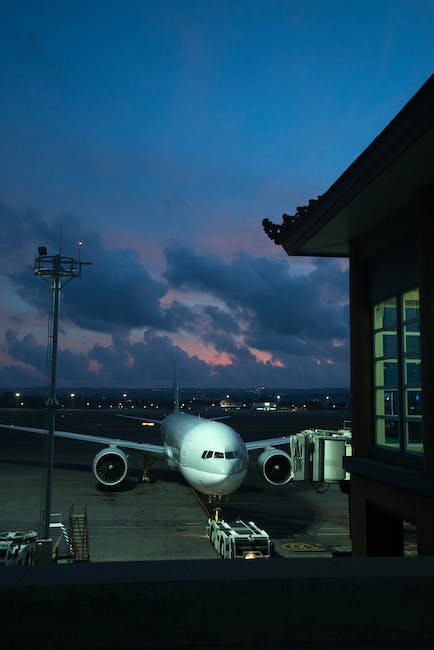
Recommendations for Ensuring Safety and Efficiency in Single Pilot Operations on Private Jets
In order to maintain optimal safety and efficiency during single pilot operations on private jets, it is imperative to adhere to certain recommendations:
- Thorough Training: Pilots should undergo rigorous training specific to single pilot operations, focusing on emergency procedures and decision-making skills.
- Meticulous Pre-flight Checks: Before every flight, pilots must conduct a comprehensive pre-flight inspection of the aircraft, ensuring that all systems, controls, and instruments are functioning properly.
- Effective Communication: Establishing clear and concise communication protocols with air traffic control and ground personnel is vital to avoid any misunderstandings or potential hazards.
- Regular Maintenance: Private jets should undergo regular maintenance checks to identify and rectify any mechanical issues promptly.
By adhering to these recommendations, single pilot operations on private jets can maintain a seamless balance between safety and efficiency, minimizing risks and avoiding potential disruptions during flights.
FAQs
Q: Do private jets need 2 pilots?
A: Yes, they do.
Q: Why do private jets require 2 pilots?
A: Safety and regulations.
Q: What safety factors necessitate 2 pilots on private jets?
A: Long flights and complex aircraft systems.
Q: Are there any regulations mandating 2 pilots for private jets?
A: Yes, the Federal Aviation Administration (FAA) requires it.
Q: Can private jets fly with only 1 pilot?
A: Under certain circumstances, yes.
Q: When can private jets fly with just 1 pilot?
A: When the aircraft is certified for single-pilot operation and the pilot meets specific training and experience criteria.
Q: Are there advantages to having 2 pilots on board?
A: Yes, increased safety, workload sharing, and ability to handle emergencies more effectively.
Q: What are the disadvantages of relying solely on 1 pilot?
A: Fatigue, limited perspectives, and potential for errors or lapses in judgment.
Q: How does having 2 pilots enhance safety during long flights?
A: It allows for rest breaks, minimizing fatigue and ensuring continuous monitoring of the aircraft.
Q: Why do complex aircraft systems require 2 pilots?
A: The workload of managing systems, navigation, communication, and emergency procedures can be overwhelming for a single pilot.
Q: What specific regulations govern the use of 2 pilots on private jets?
A: The FAA’s regulations state that certain airplane types, weights, or operations require 2 pilots.
Q: Can private jet owners choose not to have 2 pilots if they prefer?
A: No, compliance with the FAA’s regulations is mandatory.
Q: How do single-pilot certified jets differ from those requiring 2 pilots?
A: Single-pilot certified jets have simplified systems and controls, making them easier for one pilot to handle.
Q: Is there a difference in training and certification between single-pilot and dual-pilot private jets?
A: Yes, single-pilot jets require specific training and certification to demonstrate proficiency in managing the aircraft solo.
Q: In summary, why do private jets need 2 pilots?
A: It ensures safety, compliance with regulations, and increased capability to handle emergencies and complex systems effectively.
In Retrospect
In conclusion, the question of whether private jets need two pilots ultimately depends on various factors. While some argue that advances in technology have made it possible for a single pilot to handle a private jet, others emphasize the importance of having a backup pilot for safety reasons. Each situation should be carefully assessed, considering the complexity of the aircraft, the experience of the pilot, and the specific regulations governing private jet operations. Ultimately, the decision should prioritize passenger safety above all else. Whether it’s one or two pilots, the aim remains the same: a smooth and secure journey for all those aboard.

